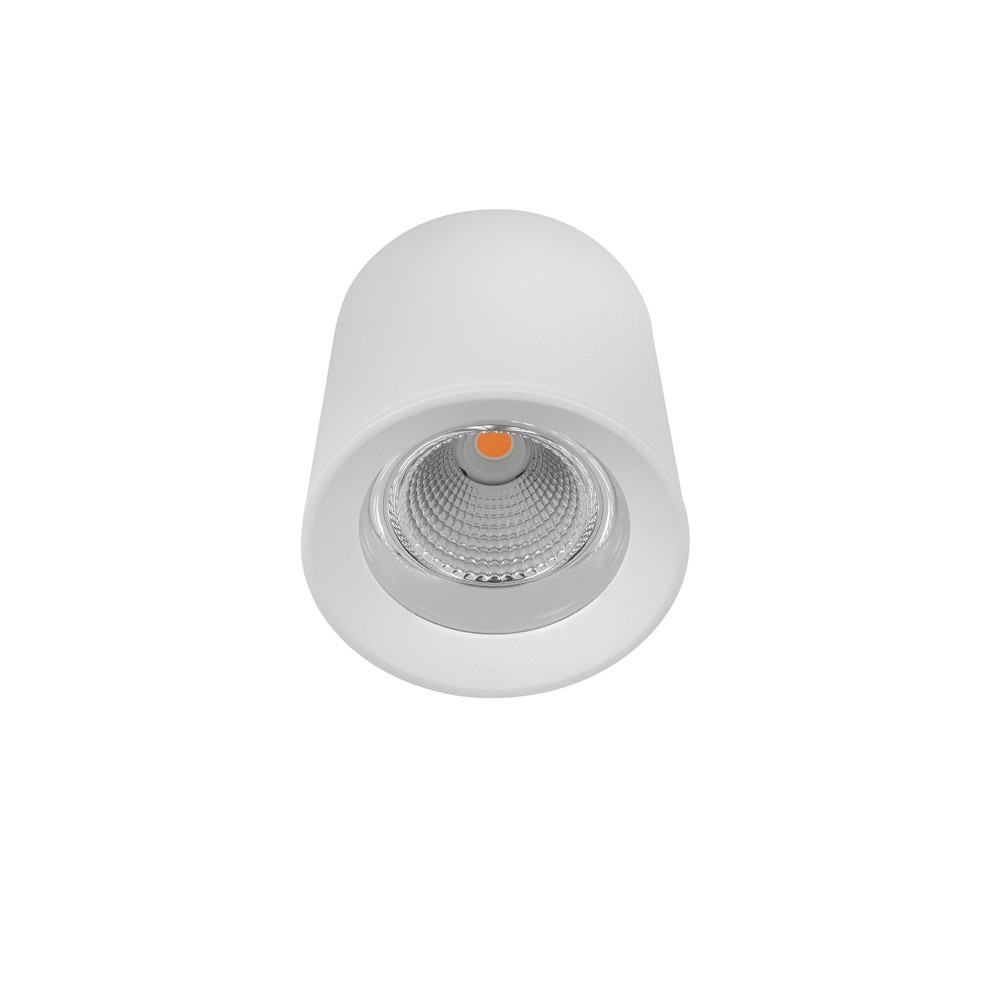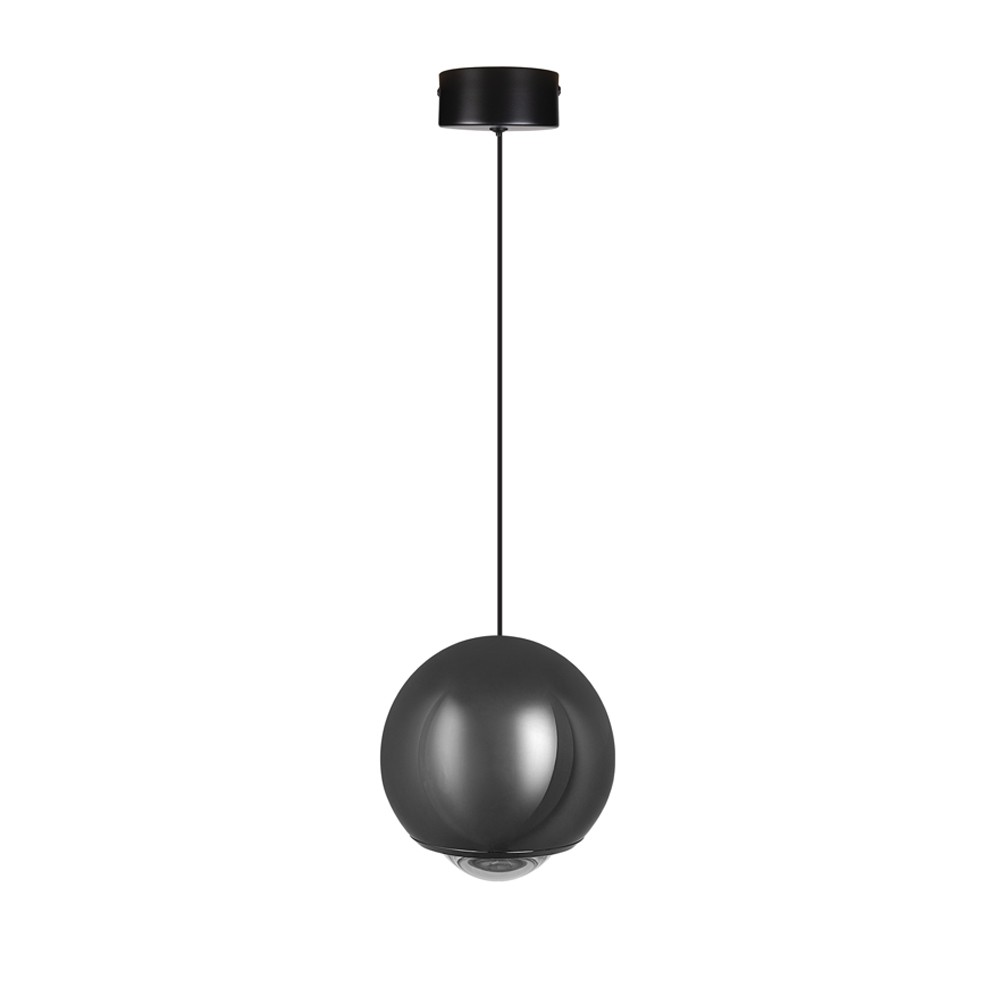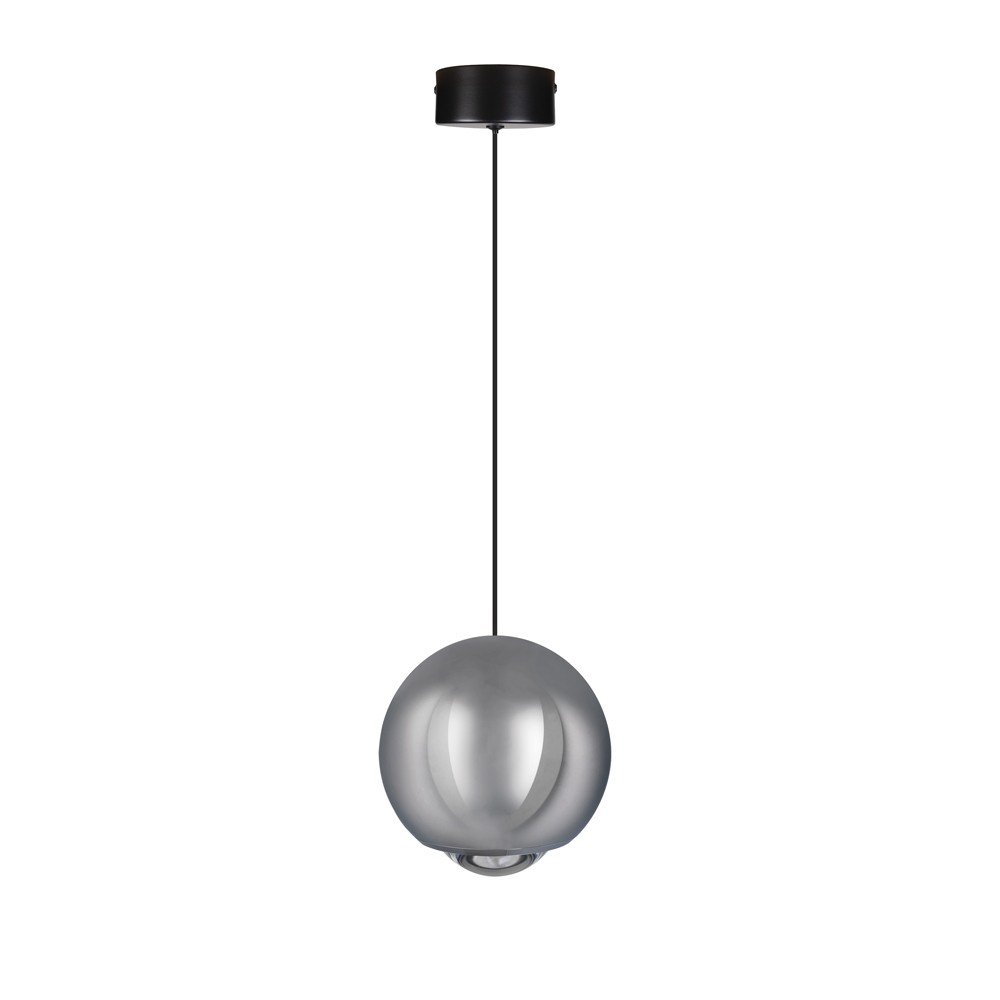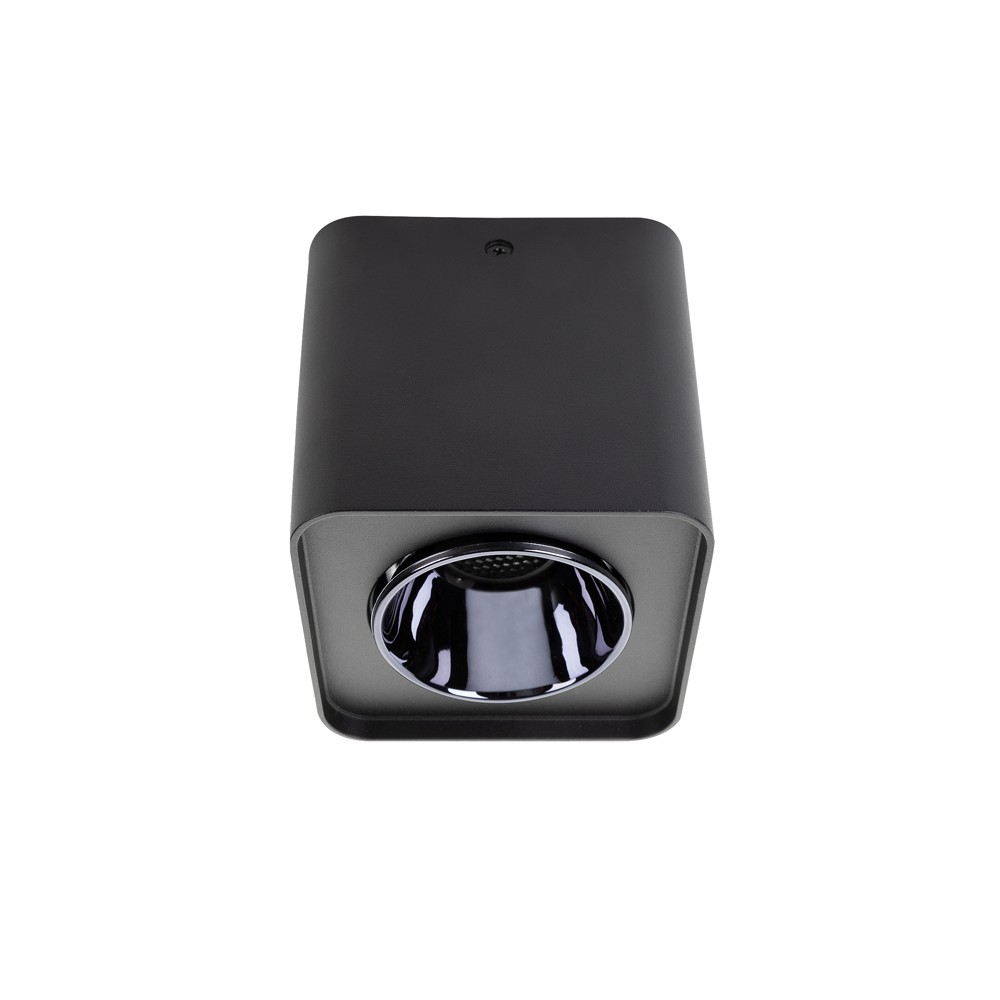If you're considering a fresh look for your home or office but feel uncertain about which interior design style suits you best, we’re here to guide you. This guide explores popular styles ranging from traditional to contemporary, each offering unique characteristics and benefits. Let’s dive into each style to help you make an informed choice!
.webp)
Modern Interior Design
Modern interior design, often confused with contemporary, is rooted in the early 20th-century modernist art movement. It's characterized by functionality and simplicity.
Key Features:
- Straight lines and geometric shapes
- Neutral, monochromatic colors
- Natural materials like wood and metal
- Minimalistic, no-frills furniture and decor
.webp)
.webp)
Contemporary Interior Design
Contemporary design reflects current trends, blending styles with a focus on comfort and warmth.
Defining Elements:
- Find the best indoor lighting
- Curved lines and fluid shapes
- Wide color spectrum with natural fibers
- Mix of materials like stone, metal, and glass
- Focus lighting on artwork or structural features. For better results, you may use Pollux products
.webp)
Mid-20th Century Modern Design
This style, popular in the 1950s and 60s, merges traditional with modern elements, inspired by Danish design.
Distinctive Characteristics:
- Organic forms with a focus on function
- Clean lines and bold color accents
- Use of mid-century furniture and decor
- Simple, uncluttered aesthetics
.webp)
Minimalist Interior Design
Minimalism embraces simplicity, removing unnecessary elements for a clean, peaceful space.
Key Traits:
- Neutral color palette
- Basic geometric shapes
- Smooth, uncluttered surfaces
- Bright and open spaces with minimal furniture
.webp)
.webp)
Industrial Interior Design
Inspired by warehouse and factory aesthetics, industrial design often feels raw and edgy.
Main Features:
- Exposed beams, brick, and metal elements
- Rough textures and neutral tones
- Open layouts ideal for spacious rooms
- Functional decor with an urban vibe
.webp)
.webp)
Traditional Western Design
A classic European influence characterizes traditional Western design with ornate furniture and rich textures.
Defining Characteristics:
- Dark wood tones and rich colors
- Layered textures like velvet and silk
- Curved lines and intricate details
- Timeless appeal that remains in style
.webp)
Roman Interior Design
Drawing from ancient Greek and Roman influences, this style focuses on simplicity, balance, and nature-inspired colors. While Roman interior design is characterized by grand columns, mosaics, much like the iranian architecture.
Notable Elements:
- Use of columns, mosaics, and stone flooring
- Earthy tones like green, red, and gold
- Sculptures and decorative objects
- Emphasis on natural fabrics like linen and silk
.webp)
Transitional Interior Design
Transitional style blends traditional and modern elements for a balanced, elegant look.
Key Features:
- Neutral color base with pops of color
- Mix of modern and classic furniture
- Use of both curved and straight lines
- Minimalistic decor with functional elegance
.webp)
Persian Interior Design
Persian design is rich with intricate details, emphasizing balance, sensory experiences, and a serene atmosphere.
Noteworthy Elements:
- Symmetry and proportional layout
- Use of natural elements to engage all senses
- Earth tones and vibrant accent colors
- Incorporation of traditional Persian art and textiles
Choosing Your Style
Each style offers a unique aesthetic, so consider your lifestyle, preferences, and budget when making a choice. Whether you’re drawn to the simplicity of modern design or the elegance of traditional styles, there’s an option that can make your space both functional and inspiring.
.webp)






